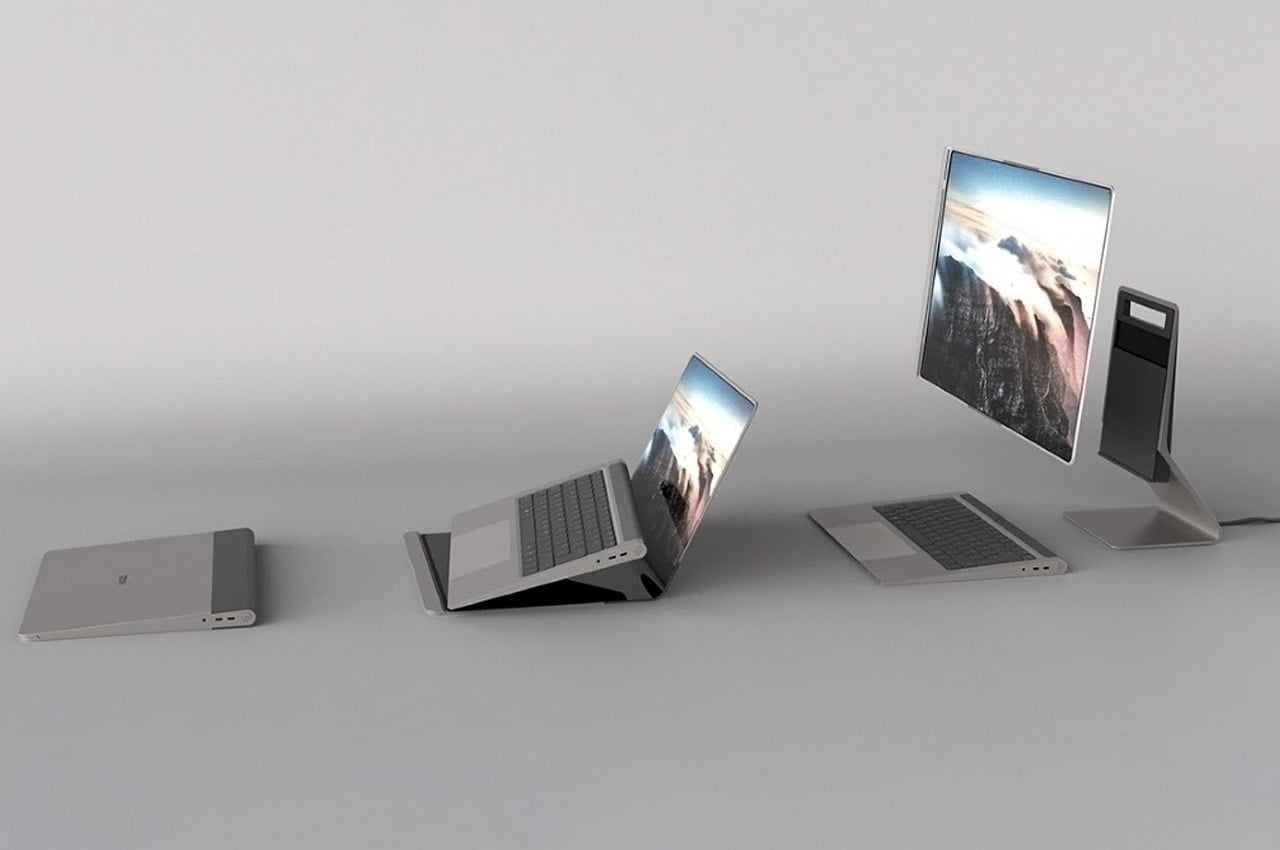
Today, most of us are wholly dependant on our laptops, and to be honest, I could not survive without mine as well! It stores almost everything I hold sacred, and I need it for various purposes – from work to leisure! And most of us do spend the majority of our day working on our laptops and are able to maintain a consistently high level of productivity and efficiency, thanks to them. There’s no doubt that Apple’s MacBook is hands down one of the most popular laptops there is! I mean I own one myself and I am a hardcore MacBook fan. But there does come along a super cool and innovative laptop design once in a while, that makes me question my commitment and loyalty to Apple. And we’ve managed to curate a whole collection of such designs! From a maverick laptop concept that lets you adjust the height and angle of its display to a flexible laptop that could revolutionize the computer category – these inventive laptop designs might just be the perfect replacement for your beloved MacBook!
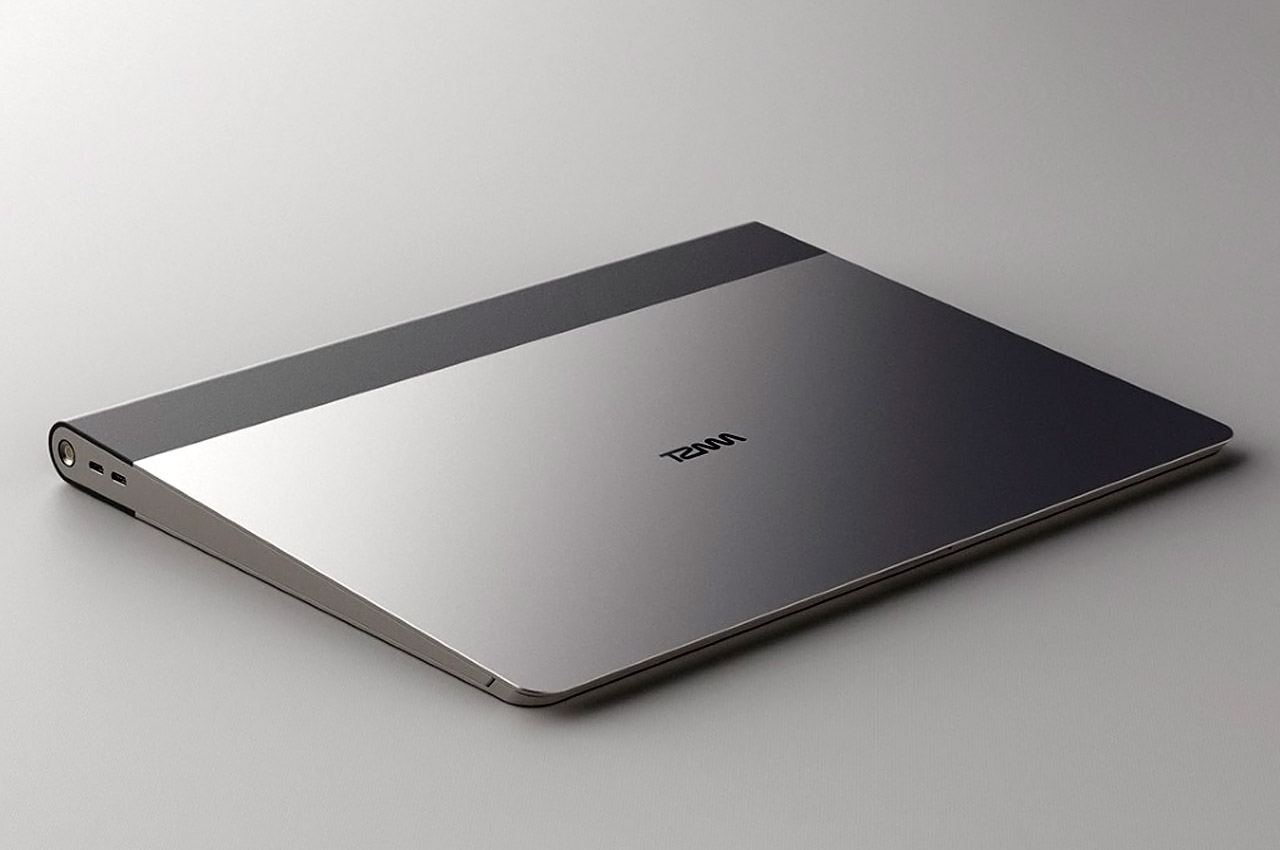
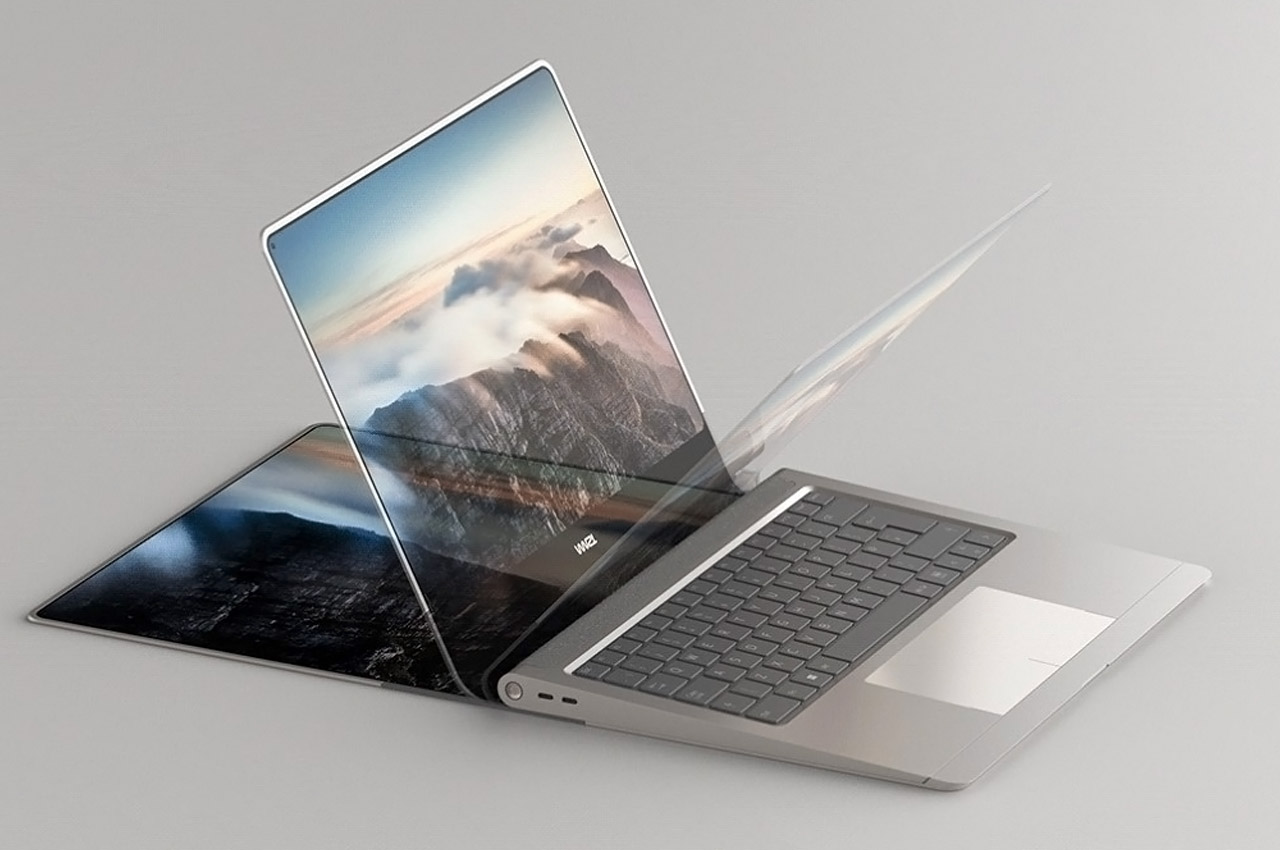
Meet the Paysage, a conceptual computing device that targets both laptop and desktop users with a unique hybrid design. Its design features a two-part construction – the main CPU, which sits within the keyboard-unit (like most laptops), and the screen, which rather than resting on the top of the keyboard, comes with a flexible construction that wraps around the top and the bottom, sandwiching the keyboard in between. This unique build is what sets the Paysage apart. Flip open half the screen and you’ve got yourself a standard laptop/netbook, equipped with a keyboard, trackpad, four USB-C ports, an Aux input, and its dedicated speakers.
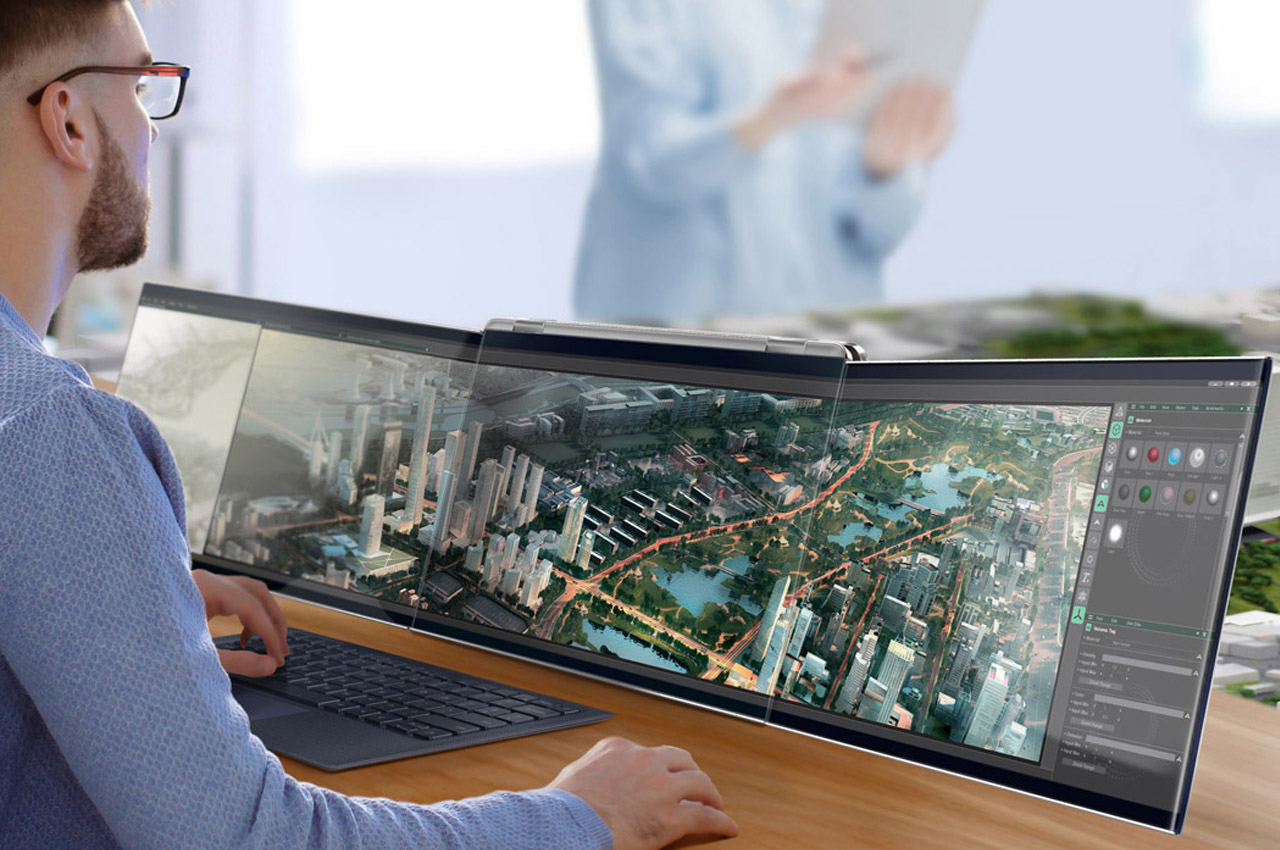
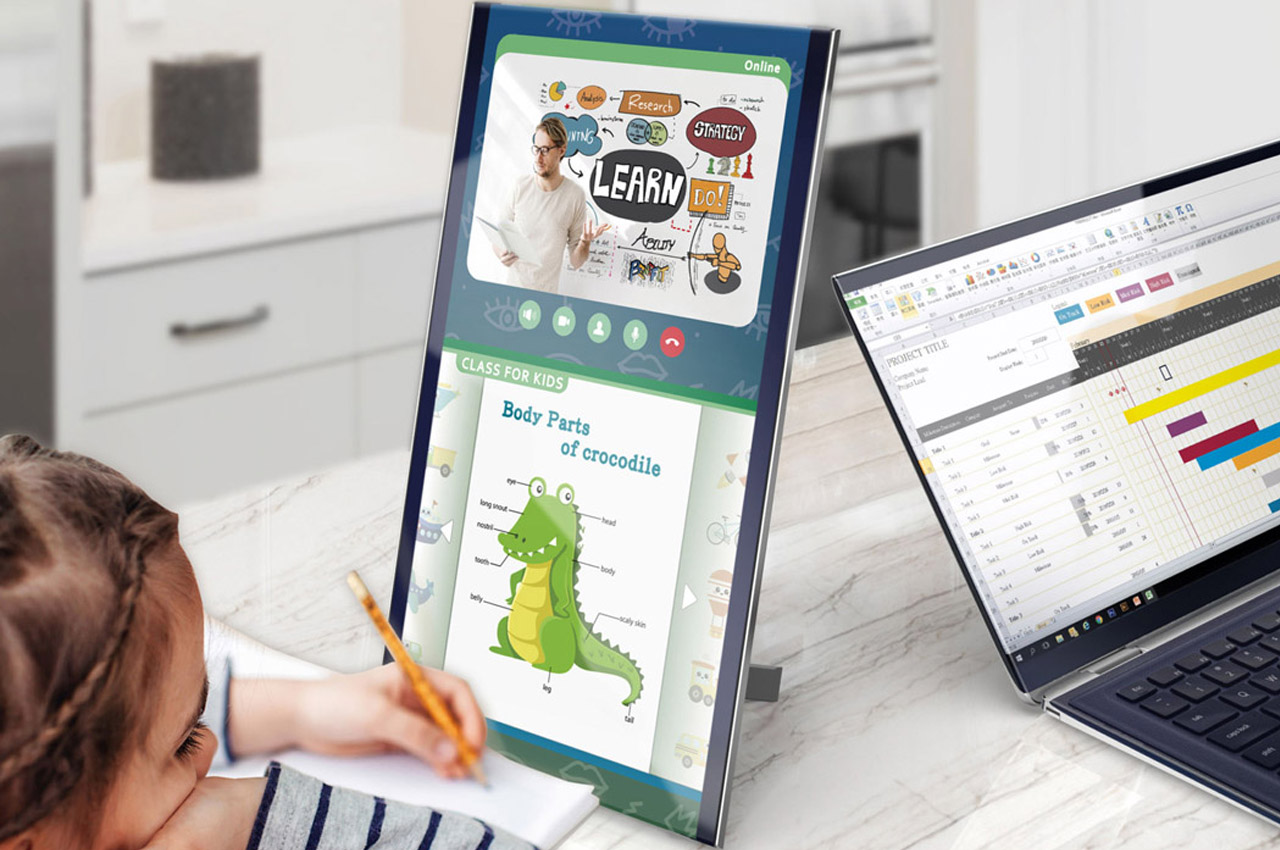
For someone who is used to multi-monitor setup and using a laptop is for mere portability, the Compal Airttach is reason enough to rethink the traditional setups. The Taiwanese manufacturer reimagines the general perspective of a multi-monitor setup and gives you the freedom for enhanced productivity. This laptop has a 13-inch main screen having canted edges with the option to join the other two 13-inch displays for a 48: 9 aspect ratio wide-screen real estate. When not needed the screens can be removed for a seamless workflow.
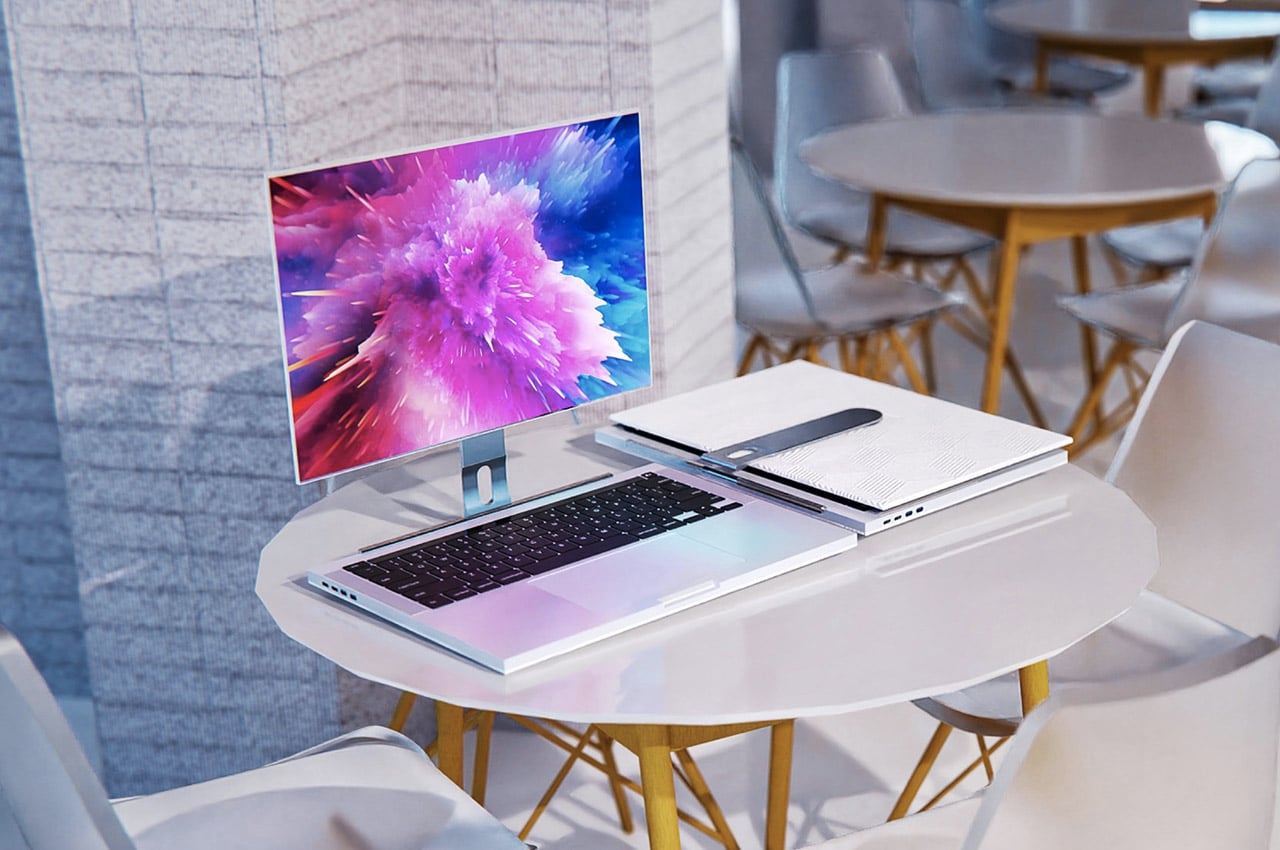
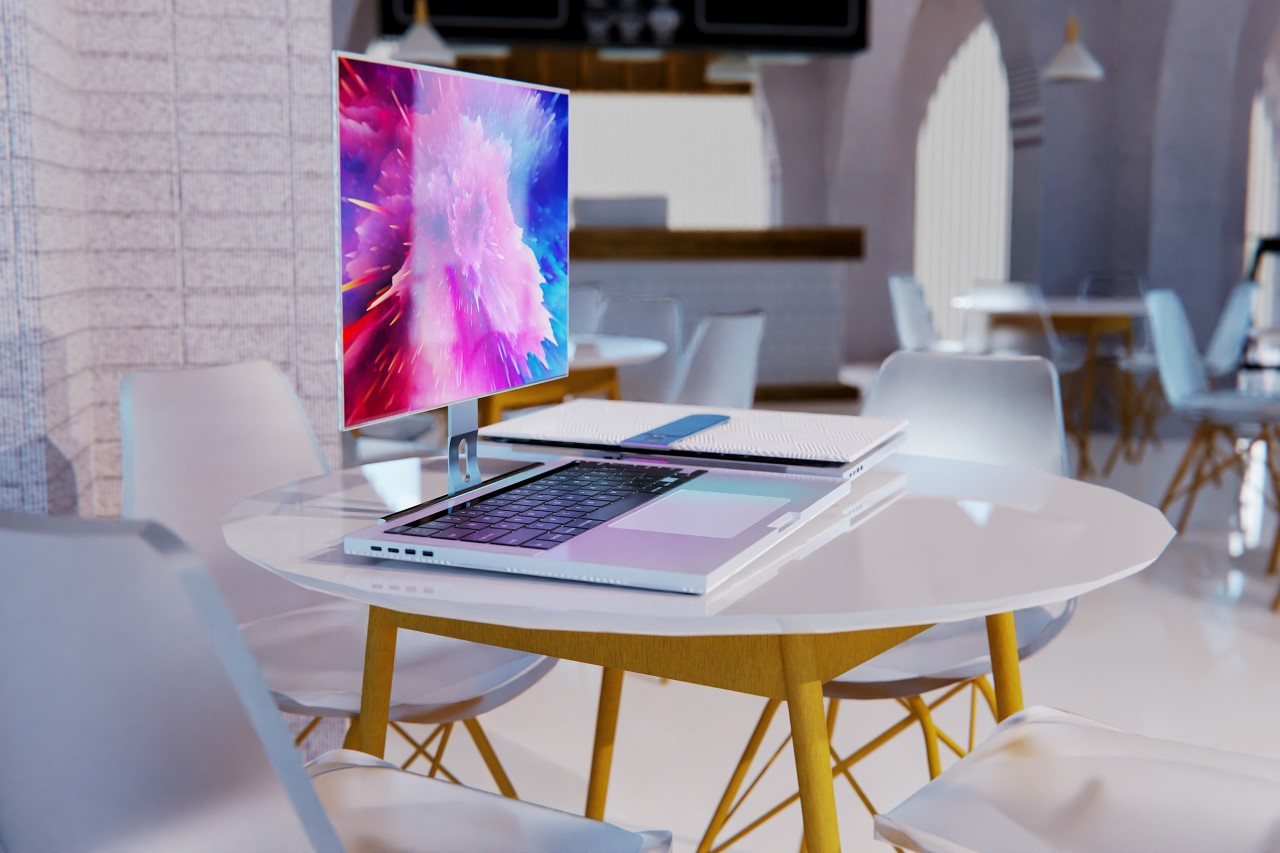
The NeckBook, as its name should rather aptly suggest, is a laptop that has a display with a ‘neck’. Unlike conventional laptops that connect their displays directly to the base using a set of hinges, the NeckBook adds a sliding rail (or a neck) between them. Once you flip open your lid, as you would with any conventional laptop, the NeckBook lets you pull the display upwards, adjusting its height. The display slides up and down the neck, and can swivel left and right too, giving you an infinite amount of control over your viewing experience – something a regular laptop can’t.
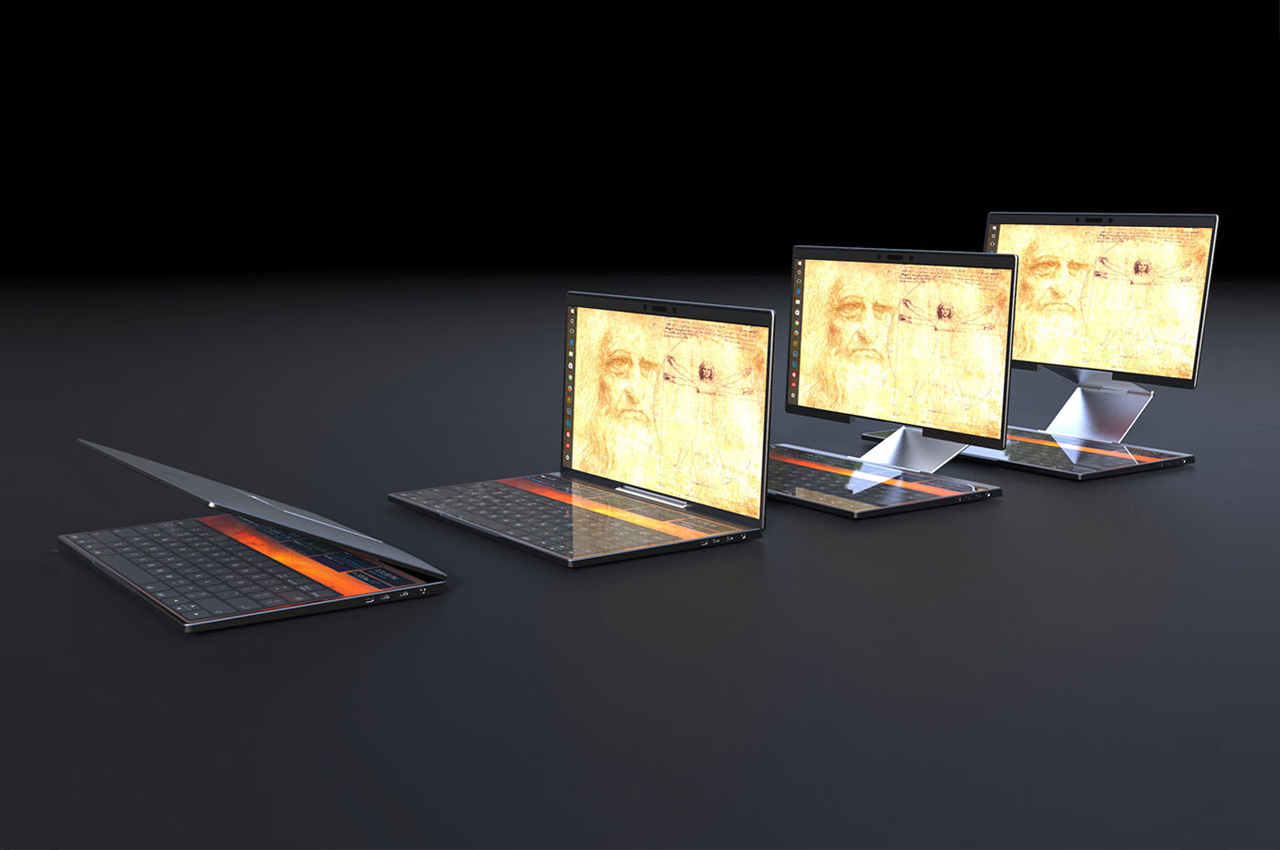
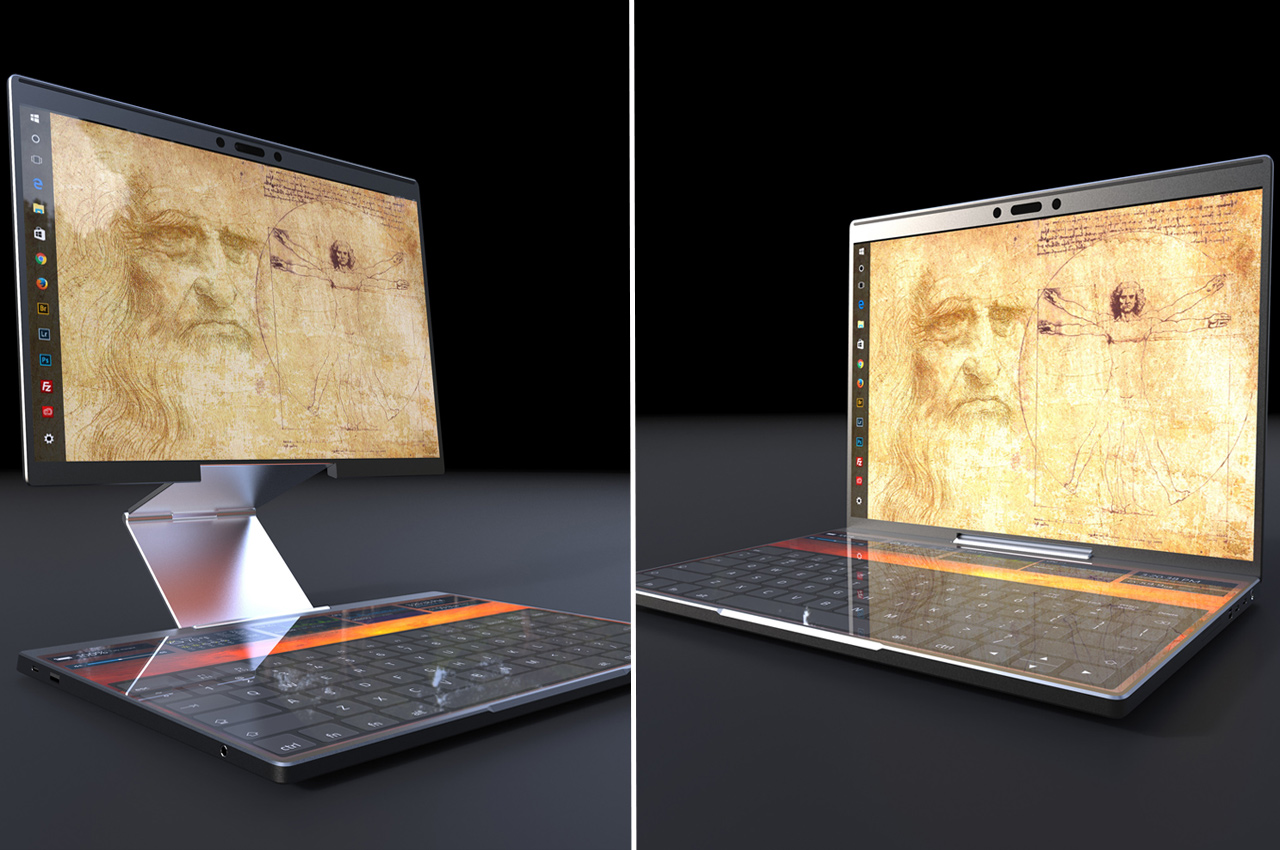
Meet the Cubitus, a concept unique in its own right because it merges the portability of a laptop while still bringing the elevation of a laptop stand. The name Cubitus comes from the Latin word for elbow, which is an ancient unit of length. So in a way, this portable machine replicates the flexibility of human arm movement. Adding to the premise of an all-in-one design, the Cubitus includes a digitally displayed keyboard and trackpad. In addition, these accessories will be customizable according to the user’s needs, making the setup more individualized.
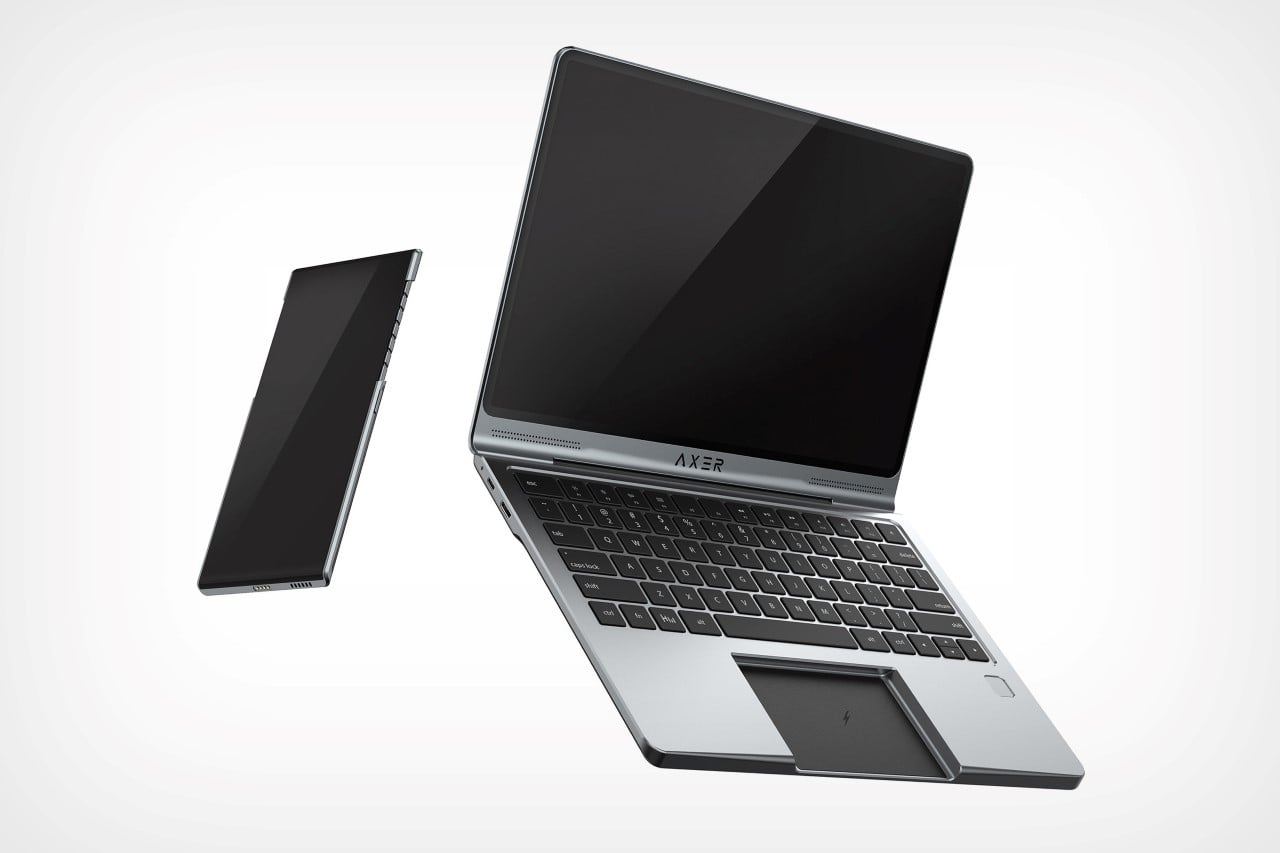
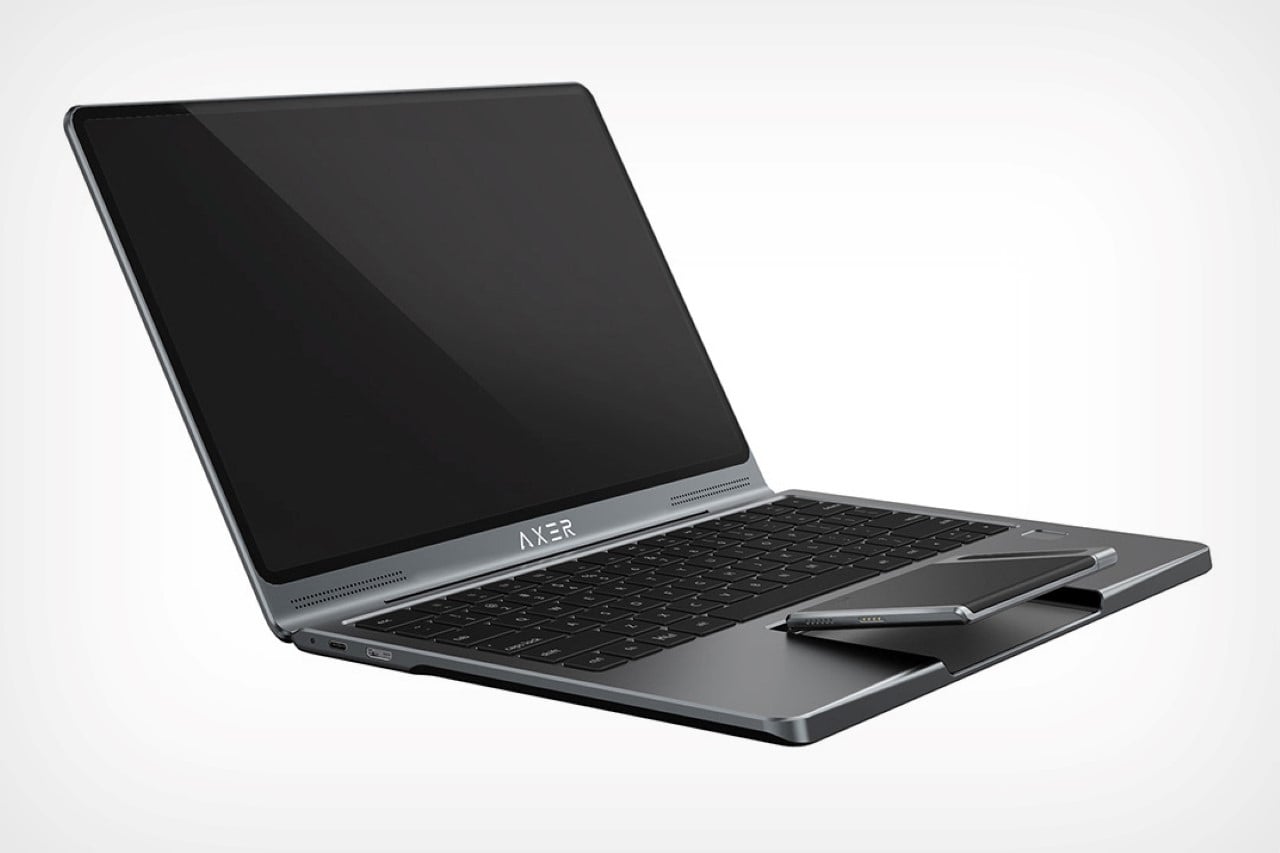
The AIO Phone-book does a bunch of incredibly radical things, let’s count them down. Firstly, it comes with a built-in smartphone that detaches when you need, and docks back to turn into a trackpad. Secondly, to account for the size discrepancy between smartphones and conventional trackpads, the phone sports a rolling display that allows it to not just expand, but bend too, turning into a mouse. If that wasn’t enough, the empty docking region on the laptop even acts as a wireless charging zone, for items like your AirPods. It’s possible that the AIO Phone-book, even as a concept, bites off more than it can chew… but hey, being creative and innovative ain’t a crime, right?
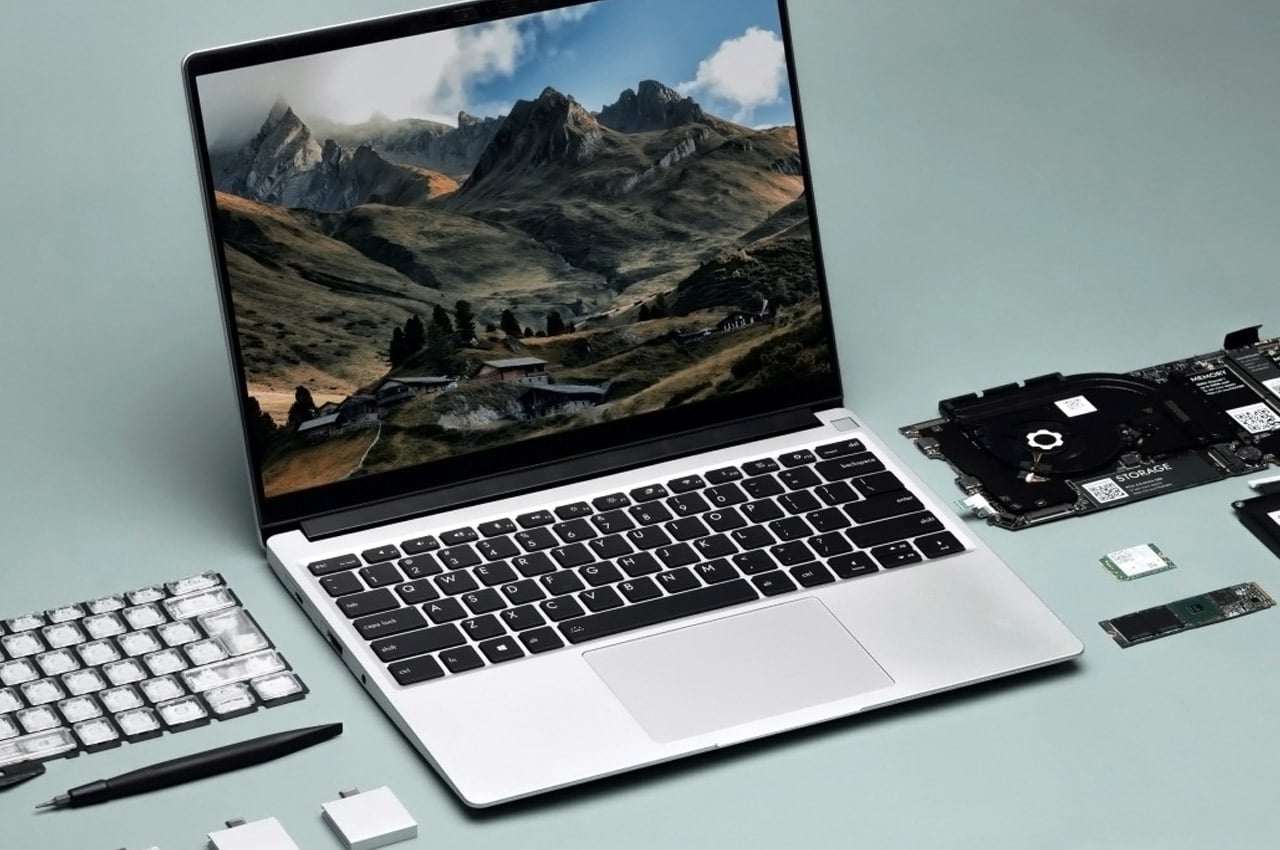
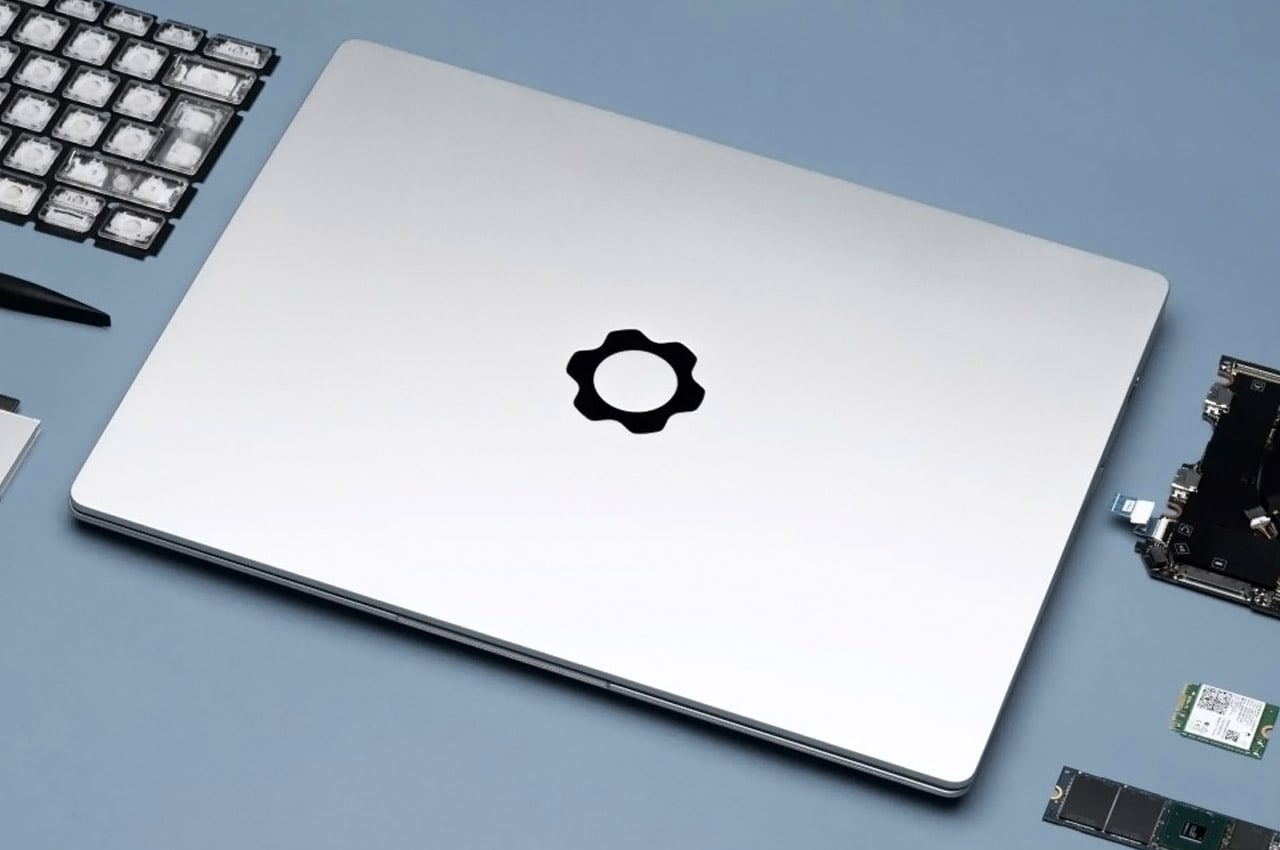
The way the Framework laptop is built reminds me of Phonebloks – a video that went viral in 2013, outlining a modular phone with swappable components. Phonebloks would present the holy grail of consumer electronics by putting the power right in the hands of the consumer. The block-based smartphone would allow you to change batteries, upgrade storage, or replace an old camera or broken screen by simply sliding the old part out and putting the new one in. The idea seemed simple, and Google even tried their hand at building it, but complications arose midway (I suspect it also had something to do with the marketing team saying it was bad for business)… however, Framework is bringing that idea to laptops, which could really use modularity given how expensive laptops can be, and how people tend to hold onto one laptop for at least 3-5 years, if not longer.
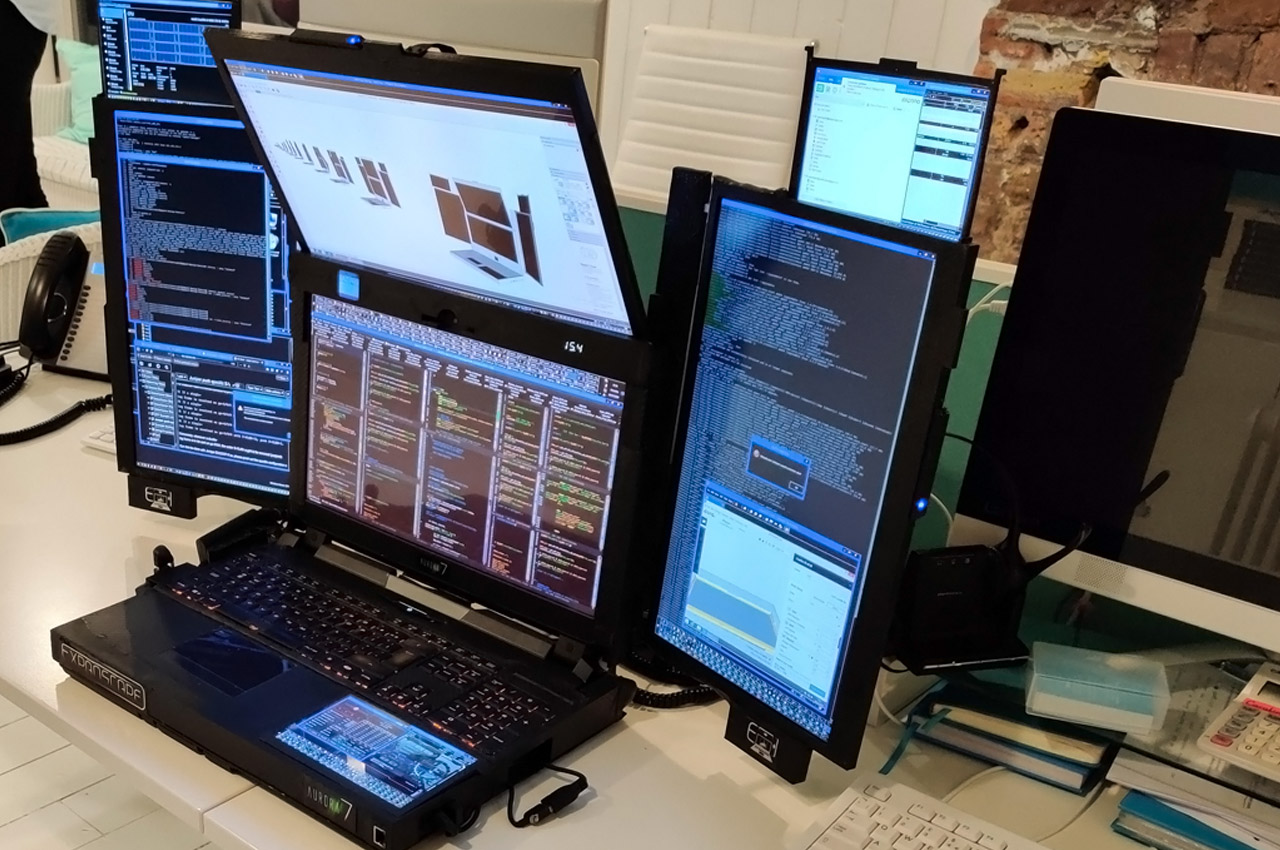
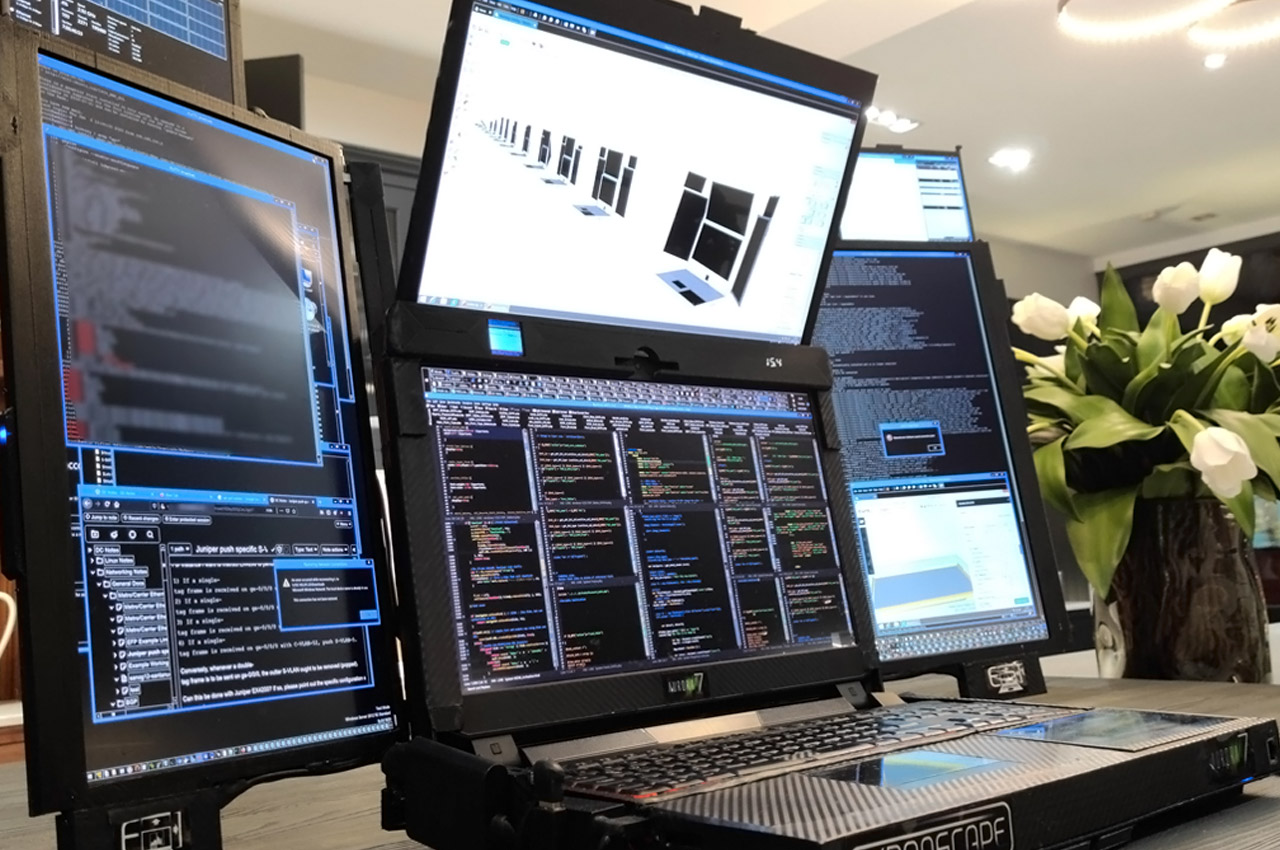
Meet the Aurora 7, a seven-screen real estate space to expand your productivity, and that too with the promise of packing it up in an instant and carrying it to your living room or even to your pal’s place. The company is in its infancy stage and has created the Aurora 7 laptop prototype that it plans to sell to enthusiasts already – moving into the future. The company plans to have the commercial version ready as soon as possible. Speaking of the design and its form, the laptop looks more like a Swiss Army Knife of the PC world has a 17.3-inch main screen. Then three other 17.3-inch display panels swivel out – one in landscape orientation that sits above the main display and the other two on either side in portrait configuration. All of them have a resolution of 3840×2160, running at 60Hz.
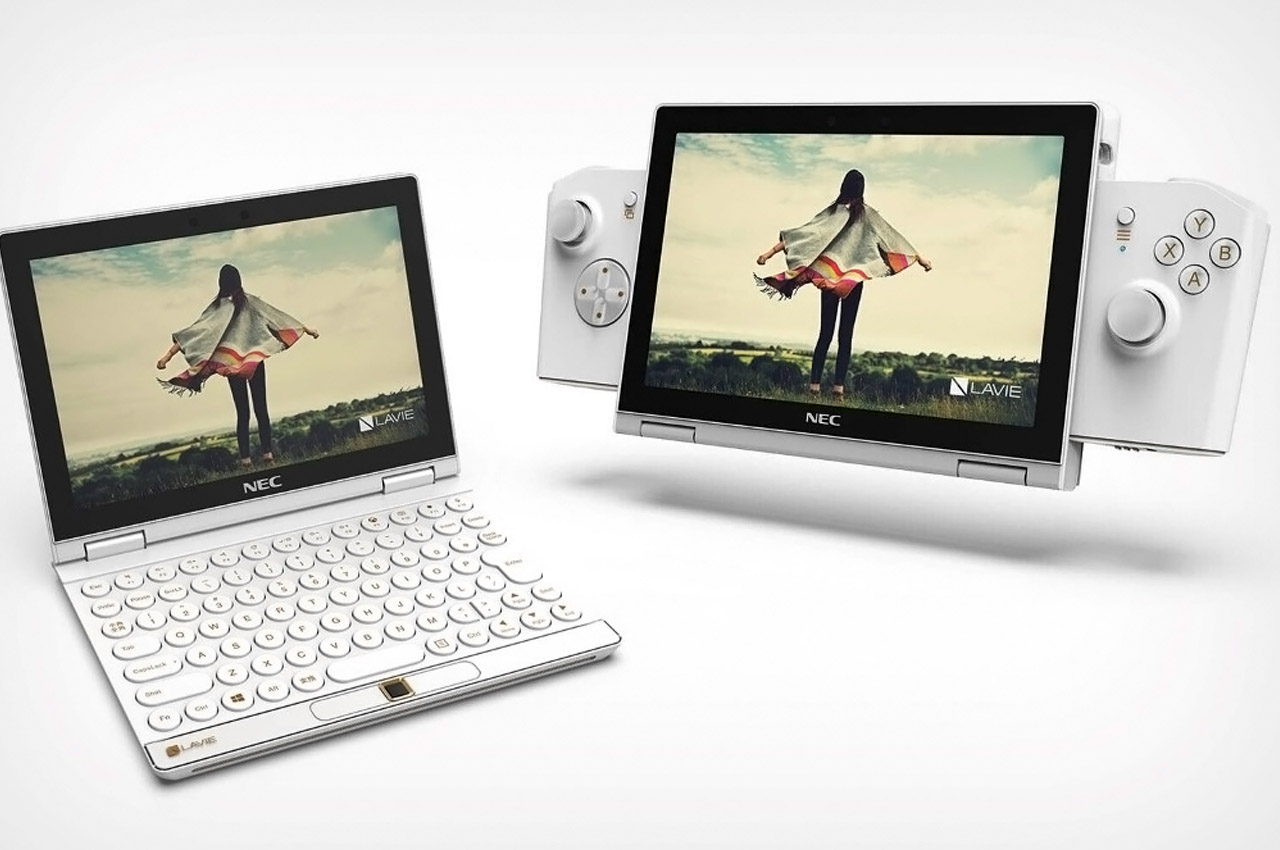
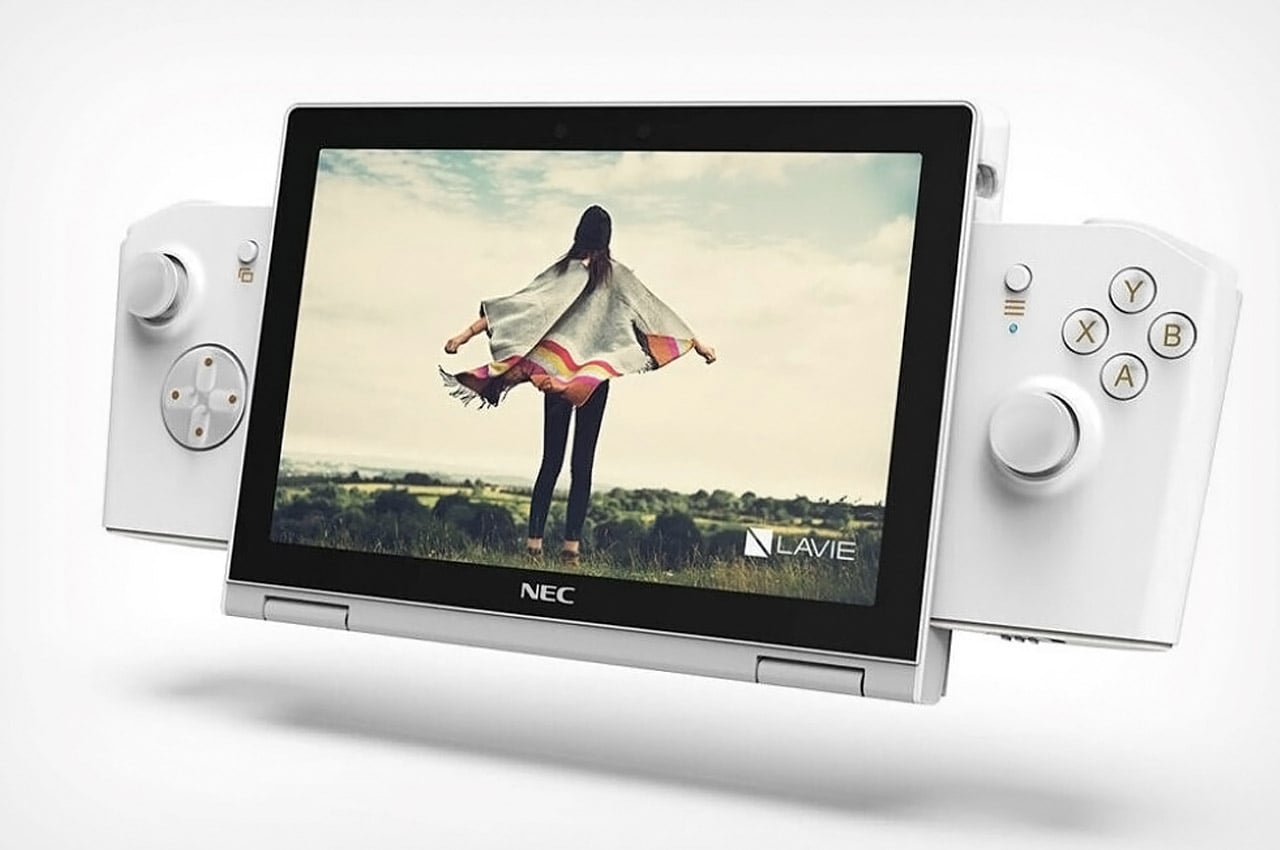
Equipped with an 8″ touchscreen display, the Lavie is slightly larger than the iPad Mini. The convertible laptop comes with an Intel Iris Xe graphics card and an 11th Gen Intel Core i7 mobile processor built into it (you could say that the LaVie presents Intel with its Hail Mary moment after a series of commercial failures), along with 256Gb of SSD storage and 16Gb of RAM. This pretty much makes it a good portable laptop to have on you for quick work sessions and presentations (and a neat alternative to Chromebooks), but fold the laptop’s keyboard all the way back and the LaVie Mini is a completely new beast.
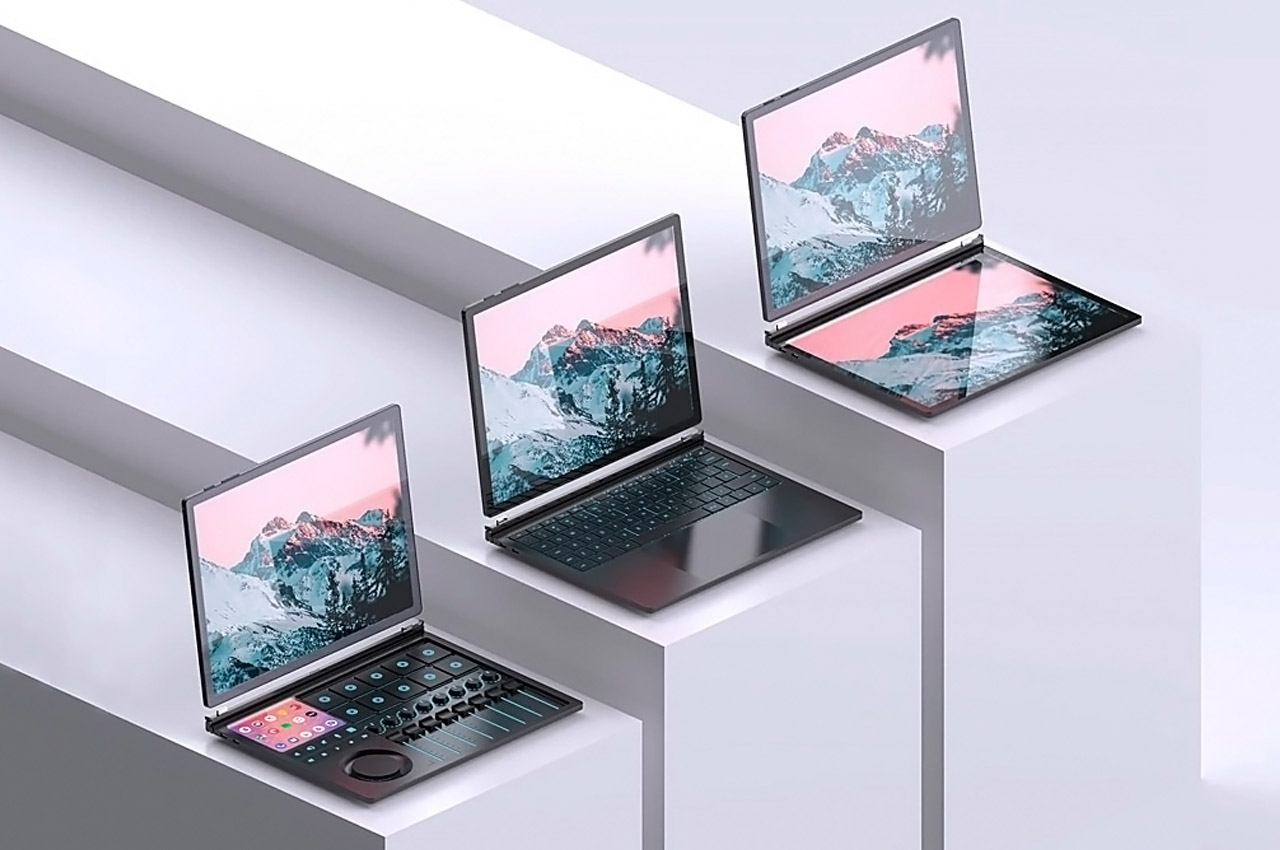
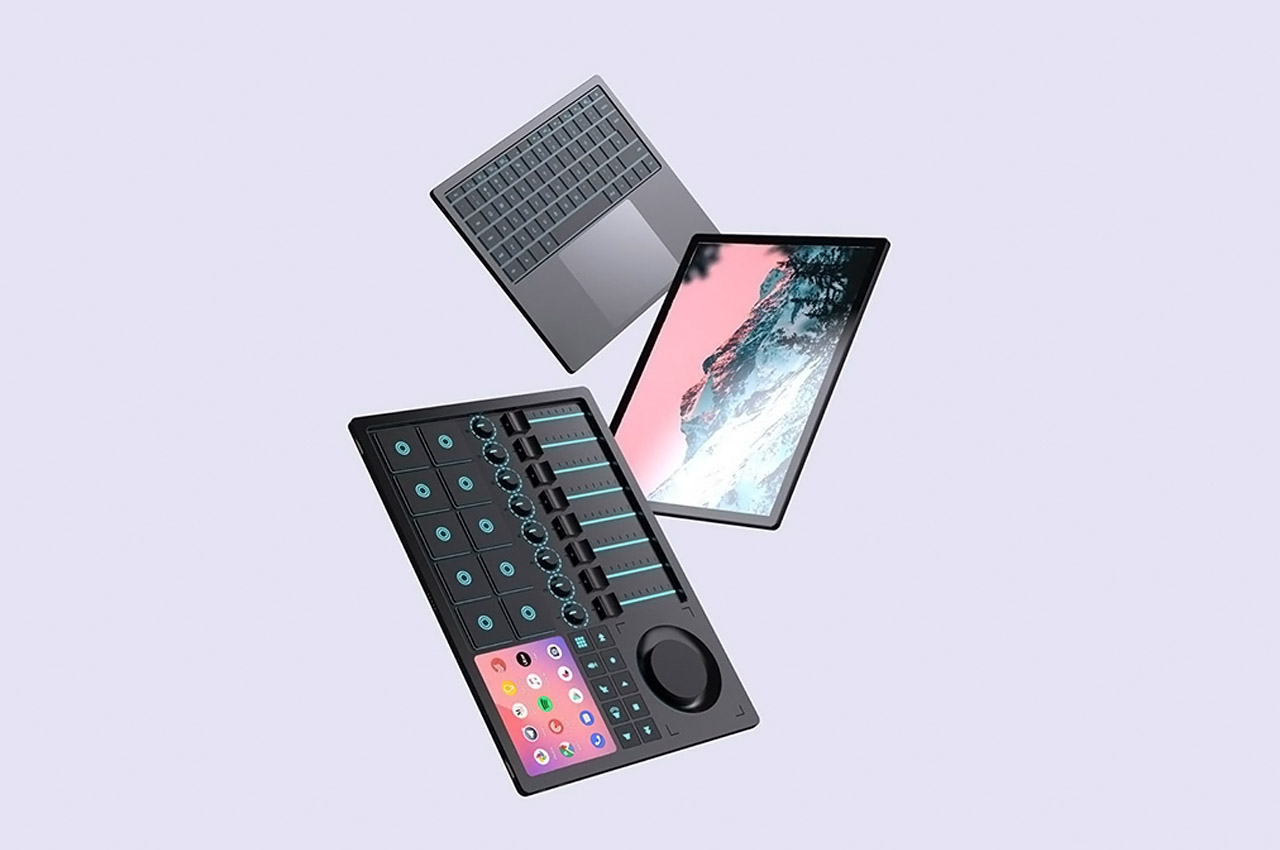
Charley Bircumshaw designed a modular hybrid of a laptop-tablet so that creatives who feel inspired by more than one artistic outlet will always have their very own ‘one-stop-shop.’ By inserting bespoke hinges to the tablet, the purpose, structure, and facade of the overall design changes in order to provide alternative forms of usage. By simply removing the laptop’s keyboard and attaching a music-making unit, the product turns into your very own DJ module. Making up the design are some key components: two, fullscreen tablets, a music module, a computer keyboard, a couple of bespoke hinges, and electric grooves. Each part comes to comprise the mutability that transforms this particular design into something special.
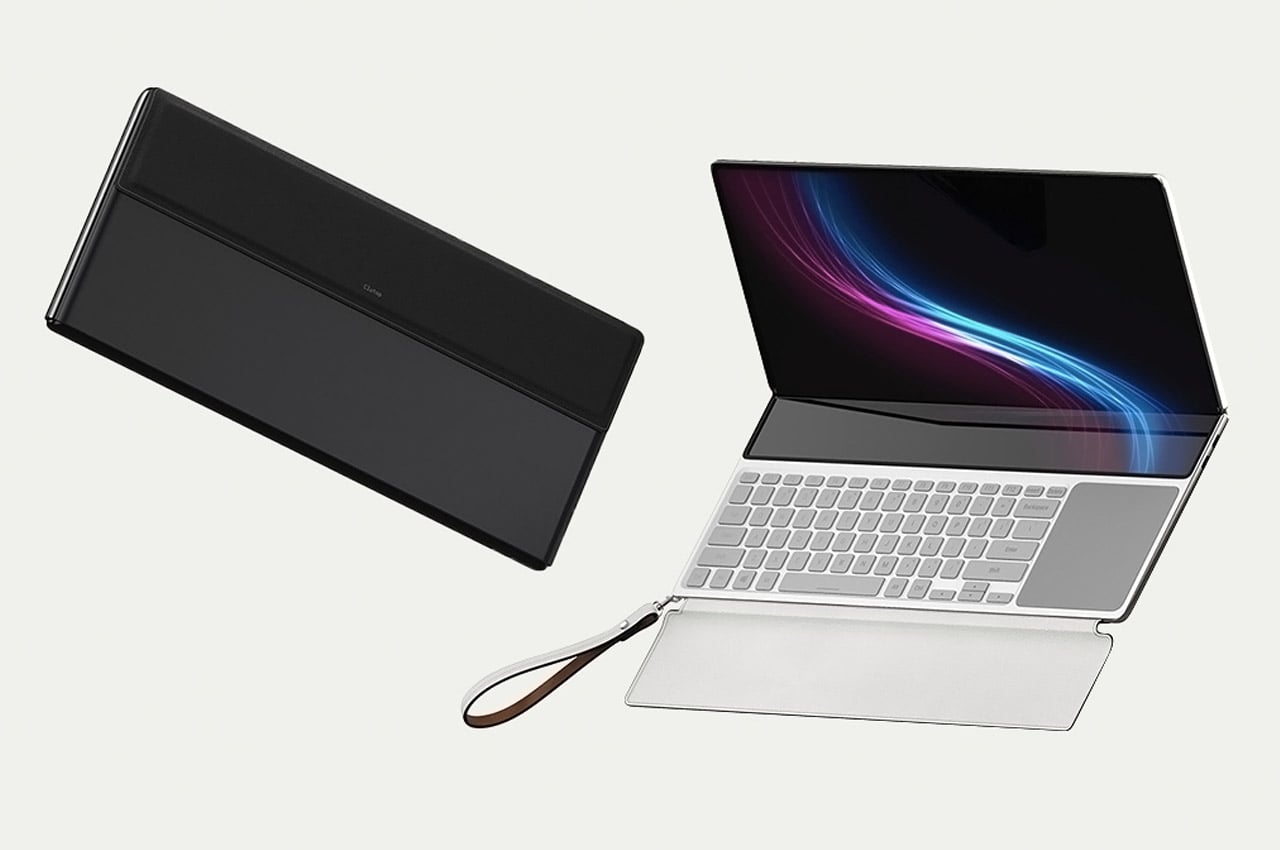
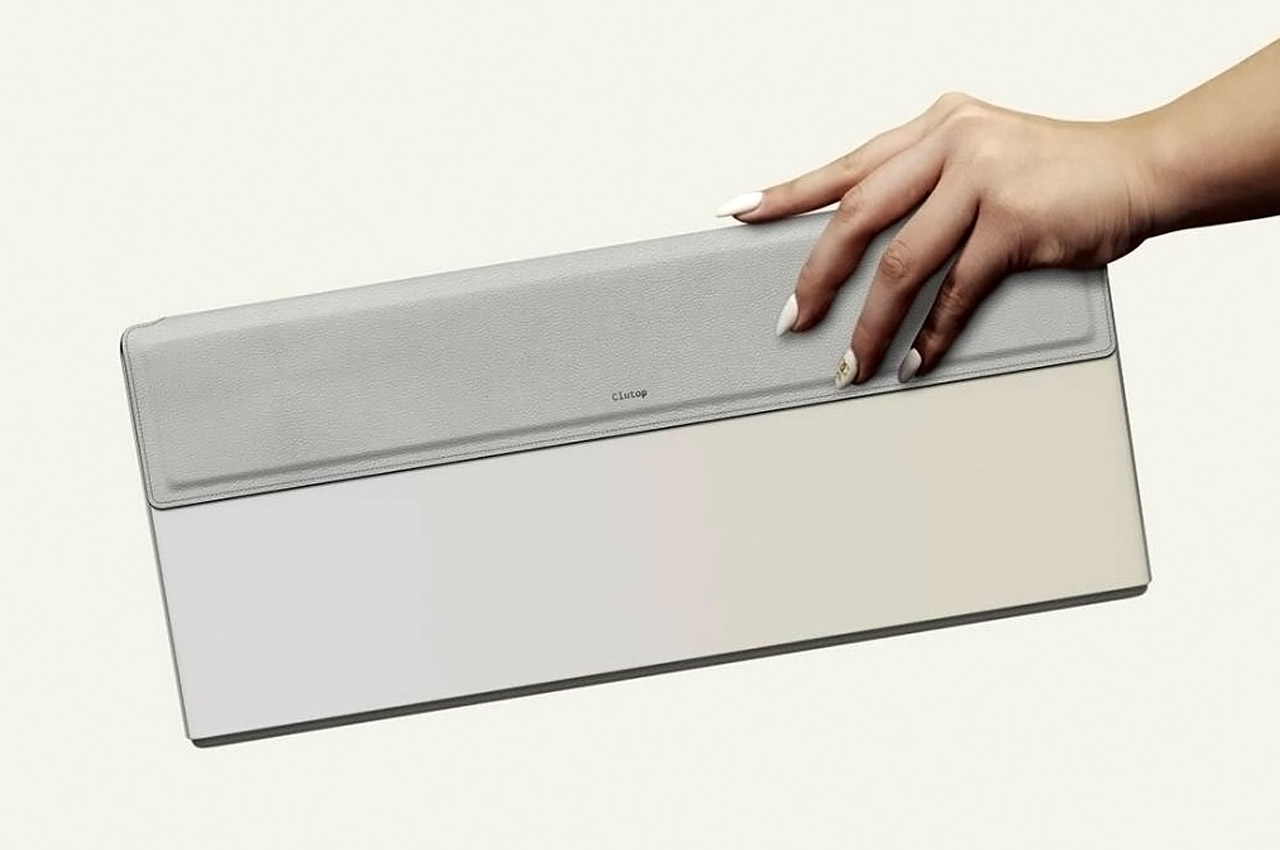
As a refreshing approach to what a laptop could be – designer Heesung Choi from Seoul has come up with the concept idea he calls “Clutop”. A laptop that has a swanky design, since it folds into itself to become a clutch bag for stylish portability. The “normcore” design adaptation means you’ll have a lightweight laptop that matches your fashion quotient. Heesung claims it to be the world’s smallest laptop which is eye-popping in its own rights. Clutop has a screen aspect ratio of 16:9, and when closed, the 1:2 body ratio makes it fairly easy to carry along. Open it up for your tasks and you get a widescreen display that looks beautiful.
No comments:
Post a Comment